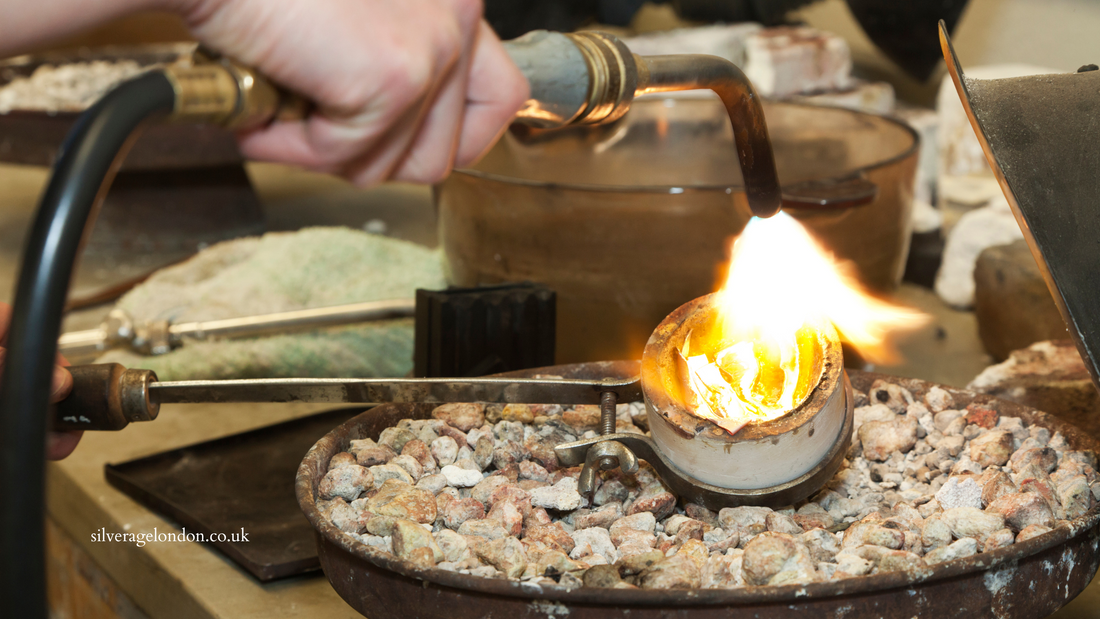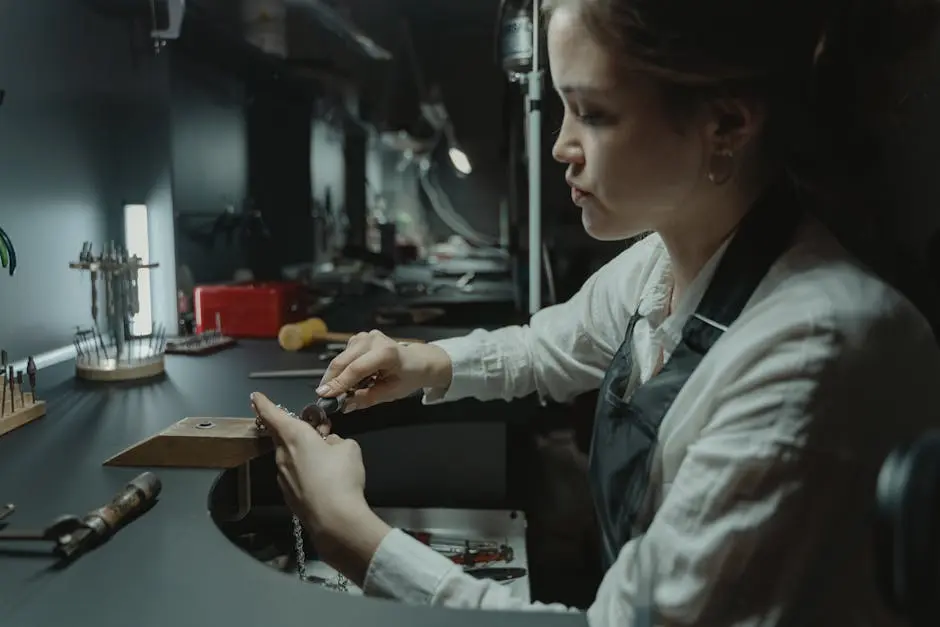In recent years, sustainable jewelry has gained popularity as more people seek to make eco-friendly and ethical choices. But what exactly makes jewelry sustainable? Join us as we explore the key elements that contribute to making jewelry eco-conscious and ethically produced.
Ethically Sourced Materials
One of the cornerstones of sustainable jewelry is the use of materials that are ethically sourced. This involves ensuring that the gems and metals are obtained without harm to workers or the environment. Look for Fairtrade or certified ethically mined materials to support responsible practices.
When we talk about ethical sourcing, we are essentially advocating for a supply chain that respects human rights and the environment. A significant part of this is the transparency and traceability of the materials. Many leading jewelry brands are committed to this ideal, meticulously tracking the journey of each gem and metal from the mine to the market. By opting for jewelry pieces that proudly bear certifications from respected organizations, such as the Fairmined Certification, consumers can ensure they are making choices that foster positive change in the industry.
Recycled Metals and Materials
Recycling gold, silver, and other metals reduces the need for further mining, thus decreasing environmental impact. Jewelers often use recycled metals to create beautiful pieces without compromising on quality, making it a popular choice for conscious consumers.

The environmental benefits of using recycled materials extend beyond just reducing the need for new mining operations. These practices also save energy and reduce emissions. For instance, using recycled gold can significantly reduce carbon emissions compared to newly mined gold. This not only helps in conserving natural resources but also minimizes the harmful effects of mining on ecosystems. Some innovative jewelry designers are even experimenting with upcycled materials, incorporating elements like discarded plastic or worn-out textiles into their creations. This approach not only elevates the aesthetic value of a piece but also underscores a commitment to sustainability in the most creative ways possible.
Conflict-Free Gemstones
Conflict-free gemstones ensure that the stones are sourced without funding violence or exploitation. By choosing diamonds and other gems that are certified conflict-free, you can be assured of their ethical origins.

The demand for conflict-free gemstones has increasingly become a consumer priority, driving more jewelers to offer an ethical gemstone collection. These gemstones assure that they comply with international regulations designed to prevent the sale of diamonds that finance rebel movements against legitimate governments. For consumers, this means not only acquiring a beautiful piece of jewelry but also supporting peace and fair labor practices. It’s not just about the absence of conflict; it’s about ensuring that the entire supply chain disposes of exploitative practices, promoting a harmonious and sustainable approach to gem procurement.
Eco-Friendly Production Techniques
Sustainable jewelry often involves using production techniques that minimize water usage and waste. Some jewelers implement closed-loop systems that reduce their environmental footprint and promote sustainability.
The journey towards sustainable jewelry does not end at material sourcing. It extends into eco-conscious production practices. Techniques such as using renewable energy sources for manufacturing processes or reducing water and chemical usage are just part of it. For instance, some forward-thinking jewelers are adopting laser cutting and 3D printing technologies, which not only offer more precise designs but also ensure a reduction in waste. Moreover, adopting green practices like using non-toxic finishes further underscores a jeweler’s dedication to environmentally aligned production methods. These initiatives collectively demonstrate how technology can be harnessed to align aesthetics with ethics in the world of jewelry.

Another crucial aspect of eco-friendly production is the perspective of craftsmanship that values longevity over mass production. Crafting well-designed jewelry pieces that stand the test of time contributes to sustainability by ensuring that these items aren’t discarded quickly. This aligns with the ‘buy less, choose well’ philosophy, which encourages investment in quality over quantity. By doing so, it reduces waste and promotes a cycle of reduced consumption, ultimately benefiting the planet.
Responsible Packaging and Marketing
The packaging of jewelry can also reflect sustainable practices. Many brands now use recyclable or biodegradable packaging and transparent marketing strategies to highlight their commitment to ethical standards.
In recent years, there’s been a shift from flashy, excessive packaging towards more minimalistic, environment-friendly alternatives. Brands are increasingly prioritizing the use of recycled materials to construct their jewelry boxes, ensuring that their packaging is as eco-friendly as the products they enclose. Beyond the physical packaging, marketing strategies around sustainable jewelry are undergoing a transformation too. Ethical jewelry brands are focusing on nurturing customer relationships and fostering a culture of transparency. Real stories about the artisans crafting the jewelry, details about the sourcing process, and insights into the company’s sustainability efforts are shared extensively with consumers.
Jewelry Trends for 2026: What’s Coming Next
Layering Bracelets: How to Mix Textures, Colors, and Metals
How Do I Choose the Right Gold Layered Necklace Set for Me?
What Should You Look for in an Elegant Gold Necklace?
What Makes Real Gold Hoop Earrings an Essential Part of Any Jewelry Collection?




















